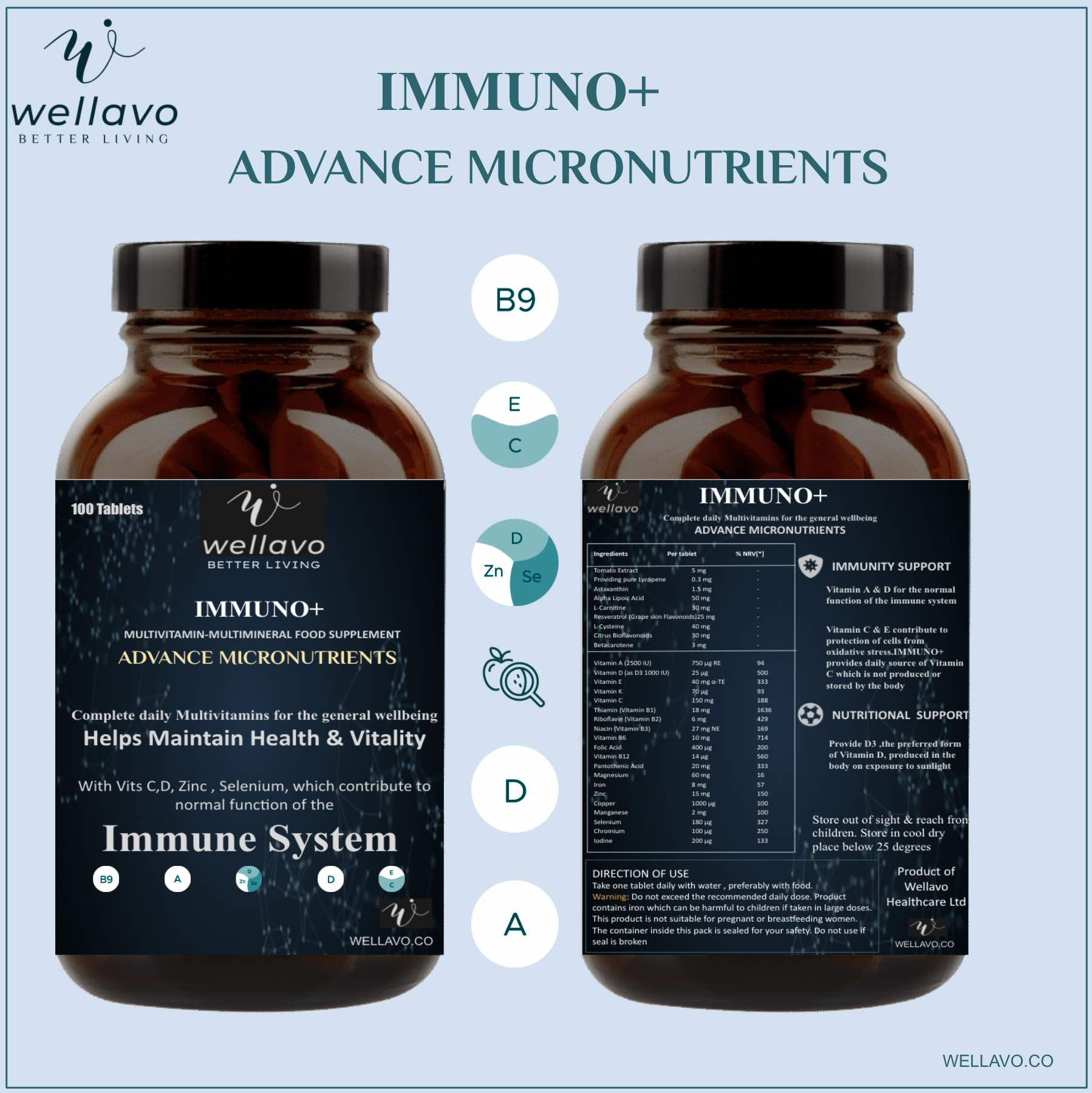Arthritis refers to a range of conditions that involve pain and inflammation in the joints.
Is it a degenerative condition, which means the symptoms tend to worsen over time, or is it an autoimmune type of arthritis with associated extra-articular symptoms, characterized by inflammatory flares and a chronic clinical course?
These two types of arthritis include osteoarthritis (OA) and rheumatoid arthritis (RA).
OA mainly results when wear and tear of cartilage causes bones to rub together, leading to friction, damage, and inflammation.
RA is a systemic condition that triggers symptoms throughout the body. It’s an autoimmune disease and happens when the immune system mistakenly attacks healthy joint tissue.
Doctors can prescribe medication to relieve the pain of arthritis, but they often recommend natural approaches, too.
Remember to talk to your doctor before trying any remedy for arthritis, whether it involves medication or not.
Your weight can have a big impact on arthritis symptoms. Extra weight puts more pressure on your joints, especially your knees, hips, and feet.
Guidelines from the American College of Rheumatology and Arthritis Foundation (ACR/AF) strongly recommend losing weight if you have OA and overweight or obesity.
Your doctor can help you set a target weight and design a program to help you reach that target.
Reducing the stress on your joints by losing weight can help:
- improve your mobility
- decrease pain
- prevent future damage to your joints
If you have arthritis, exercise can help you:
- manage your weight
- keep your joints flexible
- strengthen muscles around your joints, which offers more support
Current guidelines strongly recommend starting an appropriate exercise program. Exercising with a trainer or another person may be especially beneficial, as it increases motivation.
Good options include low-impact exercises, such as:
- walking
- cycling
- tai chi
- water activities
- swimming
Heat and cold treatments can help relieve arthritis pain and inflammation.
- Heat treatments can include taking a long, warm shower or bath in the morning to help ease stiffness and using an electric blanket or moist heating pad to reduce discomfort overnight.
- Cold treatments can help relieve joint pain, swelling, and inflammation. Wrap a gel ice pack or a bag of frozen vegetables in a towel and apply it to painful joints for quick relief. Never apply ice directly to the skin.
- Capsaicin, which comes from chili peppers, is a component of some topical ointments and creams that you can buy over the counter. These products provide warmth that can soothe joint pain.
Acupuncture is an ancient Chinese medical treatment that involves inserting thin needles into specific points on your body. Practitioners say it works by rerouting energies and restoring balance in your body.
Acupuncture may reduce arthritis pain, and the ACR/AF conditionally recommend it. While there’s not enough evidence to confirm its benefits, the risk of harm is considered low.
Be sure to find a licensed and certified acupuncturist to carry out this treatment.
Meditation and relaxation techniques may help reduce the pain of arthritis by lowering stress and enabling you to cope with it better. Reducing stress may also help lower inflammation and pain.
The ACR/AF recommend tai chi and yoga. These combine meditation, relaxation, and breathing techniques with low-impact exercise.
According to the National Institutes of Health (NIH), studies have found that practicing mindfulness meditation is helpful for some people with RA.
Anxiety, stress, and depression are all common complications of conditions that involve chronic pain, such as arthritis.
Learn more about depression and arthritis.
A diet that’s rich in fresh fruits, vegetables, and whole foods can help boost your immune system and your overall health. There’s some evidence that dietary choices can affect people with both RA and OA.
A plant-based diet provides antioxidants, which can help reduce inflammation by eliminating free radicals from the body.
On the other hand, a diet rich in red meat, processed foods, saturated fat, and added sugar and salt may aggravate inflammation, which is a characteristic of arthritis.
These foods can also contribute to other health conditions, including obesity, high cholesterol, high blood pressure, heart disease, and other complications, so they’re likely not beneficial for people with arthritis.
Current OA guidelines do not recommend taking vitamin D or fish oil supplements as a treatment, but consuming foods containing these nutrients as part of a balanced diet may contribute to overall well-being.
What should you eat to stay healthy with arthritis?
Which foods should you avoid?
Massage can provide an overall sense of well-being. It may also help manage joint pain and discomfort.
The ACR/AF do not currently recommend massage as a treatment, as they say there’s not enough evidence to confirm that it works.
They add, however, that massage is unlikely to pose a risk and may provide indirect benefits, such as reducing stress.
Ask your doctor to recommend a massage therapist who has experience in treating people with arthritis. Alternatively, you could ask a physical therapist to teach you self-massage.
Many herbal supplements may reduce joint pain, although scientific research hasn’t confirmed that any specific herb or supplement can treat arthritis.
Some of these herbs include:
- boswellia
- bromelain
- devil’s claw
- ginkgo
- stinging nettle
- thunder god vine
The Food and Drug Administration (FDA) doesn’t monitor herbs and supplements for quality, purity, or safety, so you cannot be sure exactly what a product contains. Be sure to buy from a reputable source.
Always talk to your doctor before trying a new supplement, as some can cause side effects and dangerous drug interactions.





